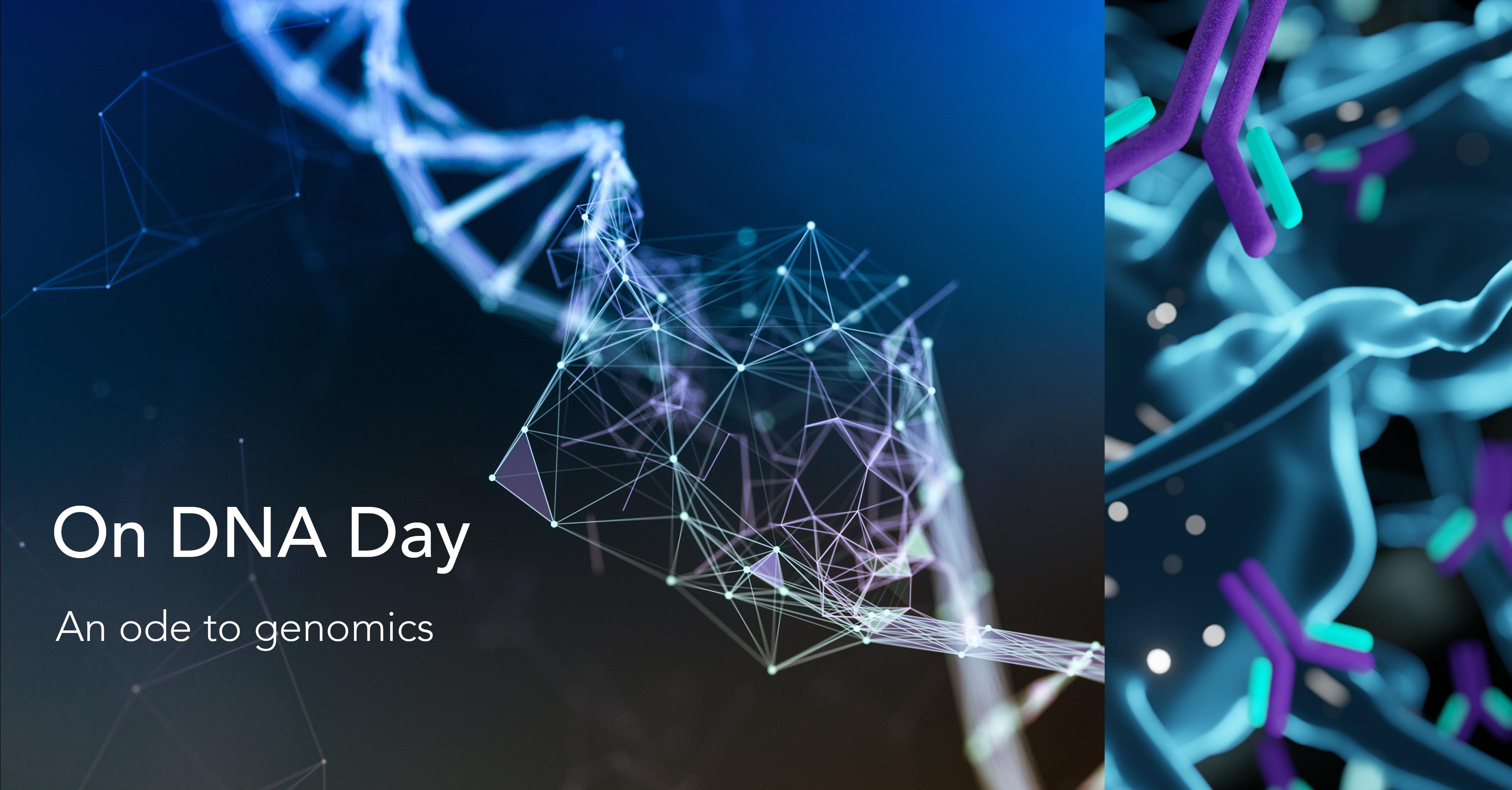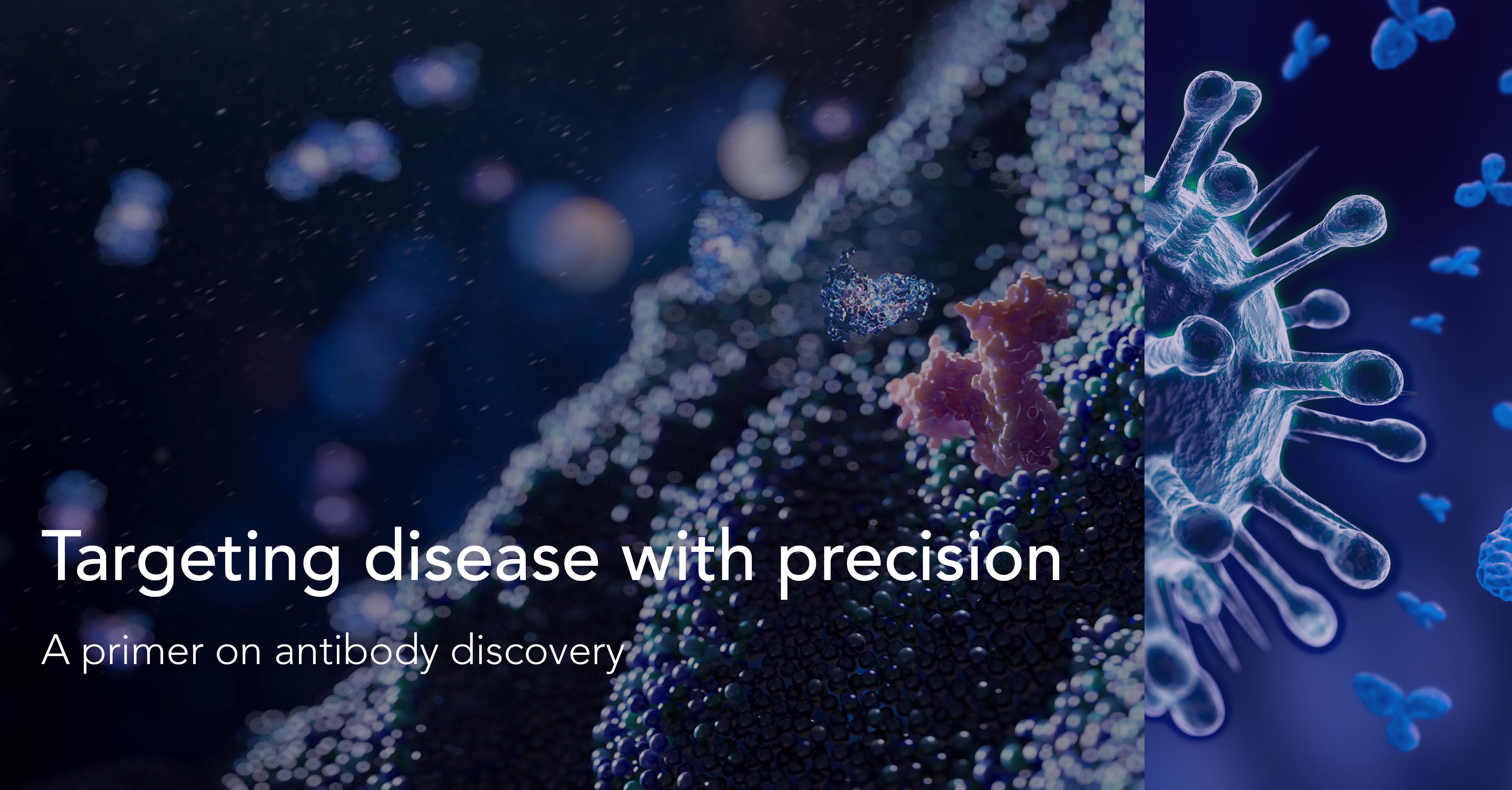What is precision medicine?
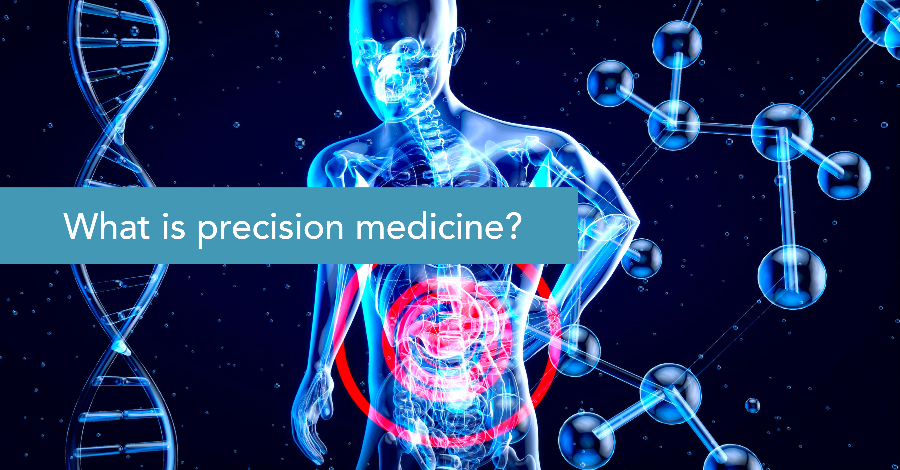
In 1999, an innovative collaboration between 10 of the world’s largest pharmaceutical companies, the world’s largest medical research charity, and five leading academic centres emerged in the form of The SNP Consortium (TSC). Focused on advancing the field of medicine and development of genetic-based diagnostics and therapeutics, the TSC aims to develop a high-density, single nucleotide polymorphism (SNP) map of the human genome. A Wall Street Journal article described how the two-year, $45 million program to create a map of genetic landmarks would usher in a new era of personal medicines.
The following year, with the announcement of the "working draft" sequence, the consortium collaborated with the Human Genome Project to accelerate the construction of a higher-density SNP map.
In 2002, a summary from the chairman of the consortium described how the program identified 1.7 million common SNPs, significantly outperformingits original objective to identify 300,000. He also observed that creating a high-quality SNP map for the public domain would facilitate novel diagnostic tests, new ways to intervene in disease processes, and development of new medicines to personalise therapies.
In the 20 years since that milestone in modern personalised medicine, there have been several significant advances. Today, the use of genotyping and genomics has progressed many cancer treatments from blanket approaches to more patient-centred models. The ability to decode DNA and identify mutations has opened up the possibility of developing therapies that address those specific mutations. The sequencing of the human genome introduced the concept of the druggable gene and advanced the field of pharmacogenomics by enabling the exploration of the entire genome in terms of response to a medication, rather than to just a few candidate loci.
Precision vs. personalisation in medicine
The broad consensus seems to be that these terms are interchangeable. For instance, the National Human Genome Research Institute highlights that the terms are generally considered analogous to personalised medicine or individualised medicine. Additionally, the National Cancer Institute, American Cancer Society and Federal Drug Administration include references to personalised medicine and personalised care. In fact, the view that the terms are interchangeable, or at least very similar, is common across a host of international institutions.
However, for at least one organization, a clear distinction between, and preference for, one term over the other has been noted. This comes from the European Society for Medical Oncology (ESMO), with the unambiguous statement that precision medicine is preferred to personalised medicine. According to ESMO, these concepts ‘generated the greatest discussion’ during the creation of their glossary and their decision to go with precision medicine came down to these three reasons:
- The term ‘personalised’ could be misinterpreted to imply that treatments and preventions are being developed uniquely for each individual.
- Personalised medicine describes all modern oncology given that personal preference, cognitive aspects, and co-morbidities are considered alongside treatment and disease factors. In this context, personalised medicine describes the holistic approach of which biomarker-based precision medicine is just one part.
- Precision medicine communicates the highly accurate nature of new technologies used in base pair resolution dissection of cancer genomes.
And finally, according to the National Research Council, precision medicine
“does not literally mean the creation of drugs or medical devices that are unique to a patient, but rather the ability to classify individuals into subpopulations that differ in their susceptibility to a particular disease, in the biology and/or prognosis of those diseases they may develop, or in their response to a specific treatment.”
Key elements of precision medicine
There are several models that seek to break down the complexity of the precision medicine ecosystem into a sequence of linked components.
For instance, the University of California, San Francisco (UCSF) envisions precision medicine as a fluid, circular process that informs both life sciences research and healthcare decision-making at the level of the individuals or populations. This model integrates findings from basic, clinical, and population sciences research; data from digital health, omics technologies, imaging, and computational health sciences; and ethical and legal guidelines into a "Google maps for health" knowledge network.
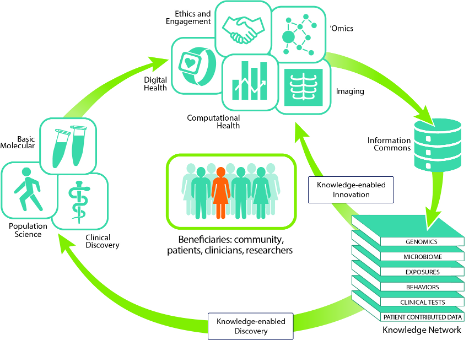
SOURCE: Precision Medicine at UCSF
In the publication, Precision Medicine: From Science to Value, authors Ginsburg and Phillips outline a knowledge-generating, learning health system model. In this model, information is constantly being generated and looped between clinical practice and research to improve the efficiency and effectiveness of precision medicine. This enables researchers to leverage data derived from clinical care settings, while clinicians get access to a vast knowledge base curated from research laboratories. Participation in this system could be extended further to include industry, government agencies, policymakers, regulators, providers, payers, etc., to create a collaborative and productive precision medicine ecosystem.
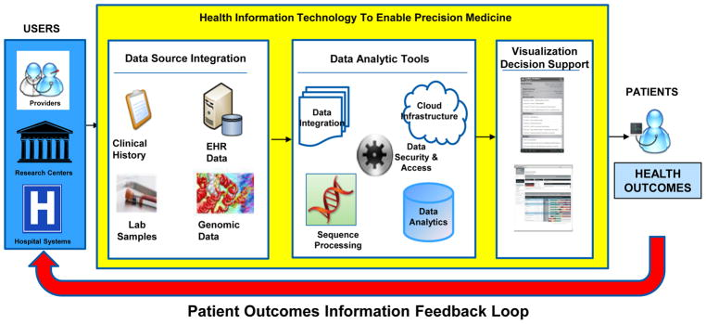
SOURCE: Precision Medicine: From Science to Value
The UC Davis model visualises precision medicine as the ‘intersection between people, their environment, the changes in their markers of health and illness, and their social and behavioural factors over time’. This model focuses on four key components: 1) patient-related data from electronic health records, 2) scientific markers of health and illness including genetics, genomics, metabolomics, phenomics, pharmacogenomics, etc. 3) environmental exposure and influence on persons and populations such as the internal environment (e.g., microbiomes) and the external environment (e.g., socio-economics) and, 4) behavioural health factors (e.g., life choices).
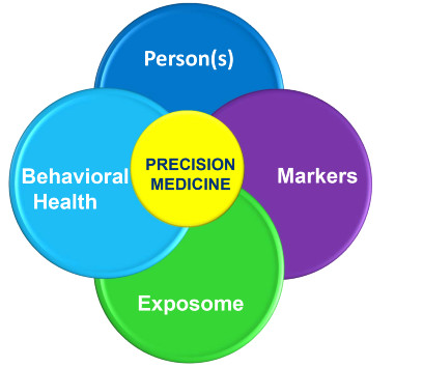
SOURCE: UC Davis Health
Another precision medicine approach discussed in a recent Brookings report is presented as a simple, four-stage pipeline envisioned to help companies ethically innovate and equitably deploy precision medicine. The first stage, data acquisition and storage, deals with the aggregation of big data and ownership, privacy, sovereignty, storage, and movement of this data. The second stage pertains to information access and research and the need to balance healthcare innovation with adequate oversight and protection. In the third clinical trials and commercialization stage, a robust framework is in place to ensure the safety, efficacy, and durability of precision medicine treatments, as well as the commercialization of individualised products. The final stage involves evaluating societal benefits, including investments and innovations in healthcare systems with an aim toward equitable precision medicine, so that products and treatments reach all patients with unmet medical needs.
Integrating precision medicine and healthcare systems
The true potential for a patient-centric model such as precision medicine can only be realised when physicians are able to apply research insights into clinical decisions at the point of care. However, despite huge scientific and technological breakthroughs over the past two decades, healthcare providers face multiple challenges in integrating novel personalised medicine technologies and practices. A study of a representative sample of US-based health systems revealed that, despite widespread integration efforts, the clinical implementation of personalised medicine was measurable but incomplete system-wide. This practice gap could be attributed to any number of limitations and challenges, and addressing these will have to become a priority if the breakthroughs in precision medicine are to be translated into improved care for patients.
Subscribe to our Blog and get new articles right after publication into your inbox.
Subscribe to our blog:



